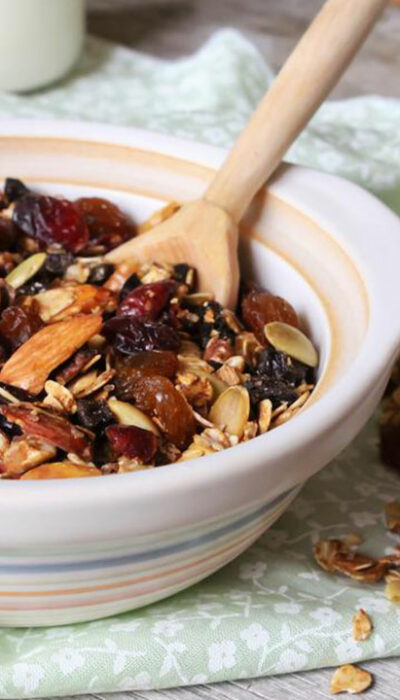
Bipolar disorder – 5 foods to avoid
There’s a host of unhealthy ailments you’re exposing yourself to if you eat unhealthy foods. A lesser-known effect of poor diets, however, is that they could end up triggering bipolar mood episodes. There is increasing evidence that nutrition also affects mental health and there isn’t a specific diet recommendation for bipolar disorders. But there are certain choices for foods that could help in managing bipolar disorder episodes. Here’s listing some of them: Caffeine Caffeine is an underappreciated stimulant and trigger element of manic episodes. It could end up impairing sleep patterns too, and sleep deprivation is an infamous trigger for mania and bipolar mood swings. According to the National Sleep Foundation, caffeine could increase anxiety and irritability and needs to be avoided as one approaches bedtime. Additionally, some over-the-counter medications like pseudoephedrine that is found in some cold and cough medicines, possess stimulant properties that are very much like caffeine’s and can also trigger mania and bipolar mood swings. Alcohol Bipolar disorder and alcohol make for a terrible combination. According to the National Institutes of Health Clinical Center (NHCC), alcohol could end up negatively affecting bipolar mood swings and also possibly interacting negatively with medications such as lithium. According to the study of 11,000 people published in the September 2015 issue of The Lancet Psychiatry, the lives of people who suffer from bipolar disorder are also more likely to end prematurely if they drink alcohol or use other substances. Sugar Sugar is probably one of the biggest triggers of manic episodes. Those who consume diets that are high in sugar will find it more difficult to control obesity and weight gain and also end up making certain bipolar disorder drug treatments less effective. Those who find the need to satisfy sweet cravings can eat fruits instead. Salt According to the NHCC, if someone is taking lithium, then moderating one’s salt intake could be a tricky job as an increase or decrease in salt intake could affect lithium levels.










